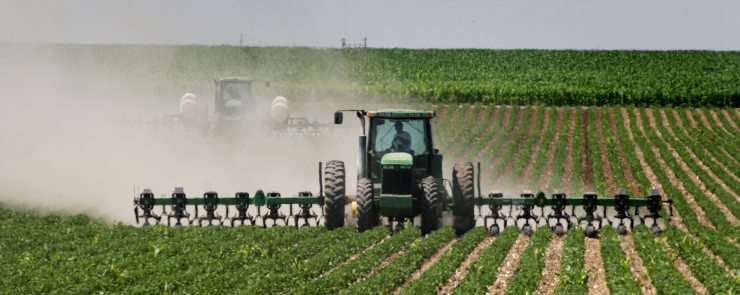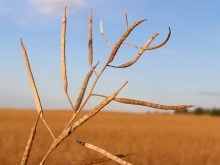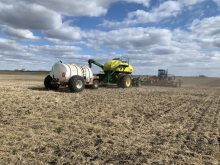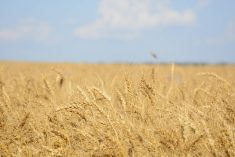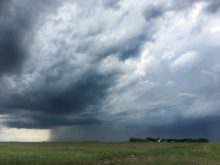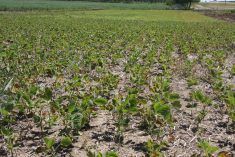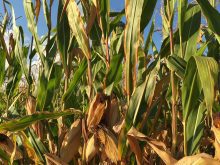Above average rain needed | Analyst says crops could get off to good start but face problems later in the growing season
Don’t count on another severe U.S. Midwest drought to drive world crop prices sky-high again, says an American weather analyst.
However, don’t expect 2013 to be a normal year in the U.S. heartland either.
Drew Lerner of World Weather Inc. told farmers at the Manitoba Special Crops Symposium that relatively normal weather patterns this summer won’t compensate for last year’s wacky weather.
Terribly dry soil in the western Midwest and saturated topsoil in the eastern Midwest create a likelihood of production challenges and market reactions through the season.
Read Also

Trump’s tariffs take their toll on U.S. producers
U.S. farmers say Trump’s tariffs have been devastating for growers in that country.
“We aren’t going to see higher prices because of drought continuing in the U.S. We’re going to see higher prices because they can’t plant their crop,” said Lerner.
“It’s going to be too wet in the eastern part of the country.”
Weather is notoriously hard to forecast beyond a week, but Lerner said certain major weather systems suggest the eastern corn belt, which is the area from the Mississippi River eastward, will have a slightly wetter than average spring, while the western corn belt will receive a relatively normal amount of moisture.
The eastern corn belt received much moisture in the autumn, which means even slightly higher than normal rainfall could cause flooding, even if subsoil moisture levels are only adequate.
However, once spring is past, the eastern corn belt should be able to produce a relatively normal crop.
The western Midwest and western corn belt should benefit from adequate rainfall at seeding time, but it won’t make up for the massive moisture deficit still lying just beneath the parched surface.
“This forecast doesn’t look that terrible, but when you add in the fact that there’s dryness in the subsoil, there’s going to be more problems in the western corn belt,” said Lerner.
The situation in the Midwest is important for prairie farmers because American crop production has a huge influence on world crop prices.
The 2012 market rally was driven by the crippling drought that hit a large part of the Midwest and central Plains last summer.
The drought has continued in western areas, including the hard red winter wheat region of western Kansas and surrounding states. That crop is dormant now but in bad condition.
Above average spring rain, which Lerner forecasts, should alleviate some of the wheat crop’s problems. It should also provide reasonable conditions for planting corn and soybeans in the western corn belt.
However, his forecast for normal conditions for the summer means those crops might outstrip their soil moisture reserves. They have little to fall back upon.
“What’s going to happen in the June, July, August time period when their evaporation rates outpace the rain?” said Lerner.
“They will plant in this region. They will get the crops going fairly good, but they’ll face some problems later on in the year.”


